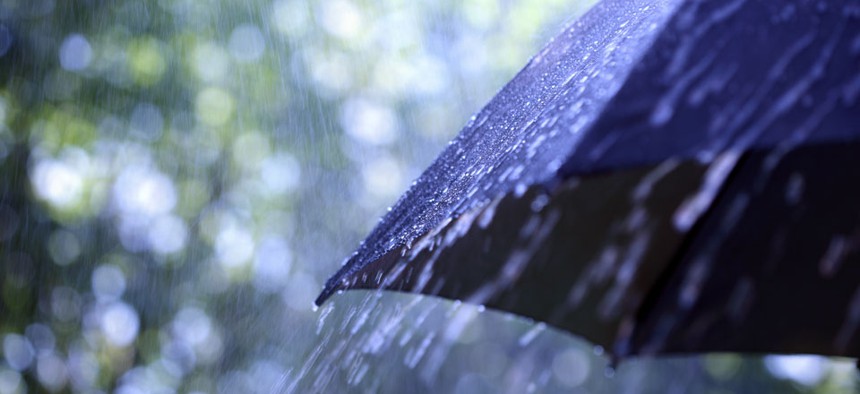How Missile Detection Technology Can Help Us Predict Floods

Brian A Jackson/Shutterstock.com
A new radar system can show us exactly how much rain is falling in a given spot.
In June, as rain flooded Paris, scientists from the Ecole des Ponts ParisTech huddled around their laptops to read data from a sensor atop a campus building. The scientists were creating the most detailed map of urban flooding in existence. And they did it using a state-of-the-art rainfall detection system being tested in Paris and Rotterdam, in the Netherlands.
Here's how it works -- scientists perch dual-polarization X-band radars on top of semi-tall buildings. (This is the same technology used to measure oncoming short-range missiles in combat.)
These radars constantly emit energy pulses that accurately detect how much water is falling on a given street, and whether the precipitation is rain, snow, sleet, or something else. This, in turn, makes it possible to precisely map how much water is collecting in different parts of a city or town, says Marie-Claire ten Veldhuis, coordinator of the project in Rotterdam.
Read more at The Atlantic Cities.
(Image via Brian A. Jackson/Shutterstock.com)
NEXT STORY: White House Unveils CIO Council 2.0


